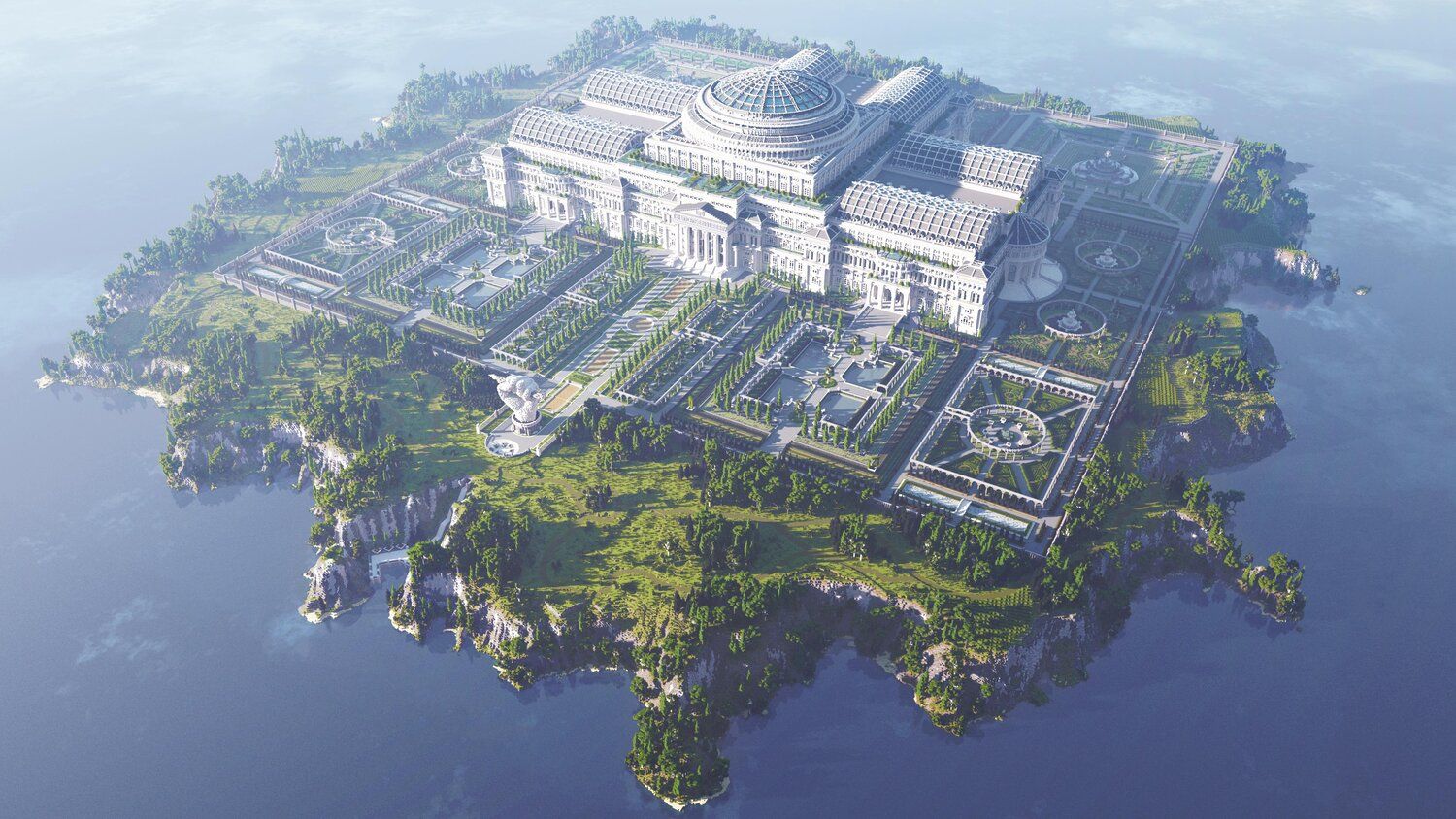
If you’re a person interested in reading alternative game media, such as the wonderful gaming magazine you’re currently reading, chances are you can quickly and easily rattle off dozens of game titles that have served to mold you into the person who you are now . Many of us have been playing video games religiously for as long as we can remember, and as such their influence on our lives is obvious. As for the rest of our global society, only a handful of video games have permanently changed the trajectory of the cultural zeitgeist. Tetris, Super Mario Brothers, Space Invaders, and more recently games like Fortnite, have all transcended typical gaming circles and become household names. A welcome addition to this cultural hall of fame is the 2011 indie titan known as Mojang’s minecraft.
Minecraft is a bit of an odd one out when it comes to games that permeate society. It is a survival game that is wonderfully simple in its concepts – the player can either survive and gather resources to build bigger and more elaborate bases from pixelated blocks, or the player can forgo the survival aspect and just create whatever they want using the systems of the game. What started as a fairly humble indie game has exploded into a multi-billion dollar industry giant. The appeal of this phenomenon has and will always be its simple and understandable core: creative freedom.
Because Minecraft gives the player the ability to create basically anything they can imagine, players have almost endless possibilities that are presented to them. From total recreations of Game of Thrones King’s Landing, to functional cell phones and computers, anything and everything is or is currently being made for the incredible pixel powerhouse. However, one of the most interesting and fundamentally important pieces released recently is Reporters Without Borders’ massive undertaking: The Uncensored Library.

Freedom of speech and freedom of the press are two facets of democracy that are taken for granted by those of us lucky enough to enjoy it. It’s hard to imagine in a post-Internet era that millions of people around the world have been consistently excluded from the endless ocean of information available on the Internet. However, this is the unfortunate truth for dozens of countries whose governments and religious overlords are actively censoring their people and their ability to disseminate news and information as they see fit. The persecution, repression and possible execution of those journalists whose job it is to give people truthful and factual information is a real problem with real consequences. Reporters Without Borders built the Uncensored Library as a direct response to these problems, giving previously silenced journalists the opportunity to regain their voices through the virtual walls of a Minecraft library.
The uncensored library is exactly what it says on the tin – it’s a huge library that can be accessed for free through a Minecraft server. The huge in-game library was developed by 24 people from 16 different countries over a period of 3 months and consists of 12.5 million Minecraft blocks. The main dome of the library is said to be more than 300 meters wide, which would make it the second largest dome in the world if created in the physical world. The library is styled using the neoclassical architectural style, in the same vein as the United States Capitol or the British Museum.
From a distance, you could easily mistake photos of this massive structure as material because the details are so striking. The beautiful structure occupies almost the entire island it is placed on, complete with multiple courtyards, a grand staircase, and a beautiful block sculpture of a closed fist holding a fountain pen, embellishing the front entrance. Some intense creations have been decorated Minecraft’s extensive history, but Reporters Without Borders was able to make this building feel like a very real and very grand place.

The inside of the library is filled to the brim with in-game books, articles and news stories from five extremely censored countries. Russia, Mexico, Vietnam, Saudi Arabia, and Egypt are all represented in the library’s hallowed halls, each with its own dedicated wing. In addition, Reporters Without Borders has its own wing and space dedicated to truthful information about the Covid-19 pandemic. The architecture of each wing is inspired by the individual countries represented and their unique struggles regarding journalism and censorship within their cultures. In total, more than 200 articles are represented in the Uncensored Library, readable as Minecraft books, and more are added and updated all the time. Library visitors can freely access as much of this information as they want for as long as they want, essentially turning this Minecraft server into a bona fide information machine.
It might seem a little silly at first — something as culturally important and sensitive as fighting mass censorship through a blocky, gritty creative survival video game like minecraft. However, the reasoning behind it is very good. It’s incredibly hard to block certain servers inside Minecraft without blocking the whole game itself. Minecraft is an international phenomenon and as such generates significant revenue for the countries where it is hosted and provides a harmless outlet for creative freedom. The harmless nature of Minecraft could potentially contribute to the library’s success, as video games worldwide are still seen as a pastime for children and not worth watching. Despite some reluctance from server hosts fearing to upset their customers (especially those in China), the Uncensored Library has been open for over two years now, and there’s no sign of closing any time soon.
Governments dictating the press, threats of violent retaliation, private interests that outweigh those of the public – all these contribute to an ill-informed and ignorant society. The less information society has, the easier it is to manipulate and coerce by those who want to influence public opinion for their own personal gain. There have been countless attempts throughout history to reduce or eliminate censorship in everyday media from just as many people and groups, most of which ultimately prove fruitless due to the undiminished power of those in power who impose the censorship.

It makes it all the more surprising and moving that a humble computer game has taken the plunge to be a relatively rock solid way to overcome censorship in countries where governments and citizens kill for less. Digital murals represent the brave journalists who have lost their lives in pursuit of the truth, standing tall and proud in the pixelated hallways of the Uncensored Library, ever present and everlasting in their solidarity to oppose those who purposely enter us would keep it dark. Reporters Without Borders used Minecraft to stand up fearlessly against authoritarian tyranny, and if that doesn’t prove the importance and magnitude of video games, I don’t know what is.
Comments
Log in or become a SUPERJUMP member to join the conversation.

0 Comments